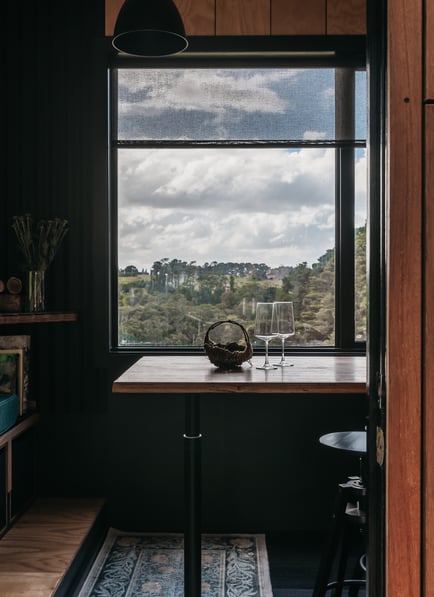Case Study, Fall Design Lab : The Narrative Brief AKA The Client
INTERIOR DESIGN PRINCIPLESFALL DESIGN LAB
S. Threlfall
6/18/2025
In the last blog, How to Write an Interior Design Brief That Actually Reflects You, I introduced the idea of a more human-centred design brief.
Design briefs have been around for as long as designers have! They’re the foundation of any architectural or interior design process. Whether formal or informal, they shape how a space responds to the people who will use it.
But a brief can be done as simply or as deeply as you allow. And here, what we’re really trying to bring back into focus is this:
Don’t forget your immaterial needs.
Design so often begins with lists—how many rooms, what kind of lighting, which materials.
These are valid and important. But they’re also the easy part.
The real depth comes when we pause and ask all or some of the questions you can find here.
This is where the two pillars of a thoughtful design brief come in:
The Client – Who they are, how they live, what rhythms shape their days, and what they need emotionally and practically.
The Site & Scope – Where the project takes place, and what constraints, assets, and context need to be considered before designing anything.
This post focuses on the first pillar: the client.
In this case study, I act as both the client and the designer. I’ve merged my immaterial and material needs into a single, written narrative brief—an honest reflection of the emotional, sensory, and practical needs that will guide every decision.
Later, in the concept development phase, we’ll extract the material aspects of this brief—daily habits, functions, tools, and workflows—and translate them into a list of functions and spatial needs.
But right now, we’re not solving.
We’re listening.
We’re noticing.
We’re capturing what matters most—so that later, the design serves the life it’s meant to hold.




Email me at sarah@falldesign.com.au
Copyright 2025 Fall Design Studio.
All Rights Reserved. Designed by S. Threlfall,
Fall Design
| Privacy Policy | Terms of Use |
I acknowledge the Traditional Custodians of the land on which I live and work, the Palawa people of Lutruwita (Tasmania). I pay my respects to their Elders past, present, and emerging, and recognize their ongoing connection to this land,
its waters, and skies. Their deep knowledge, culture, and care for Country continue to inspire and guide us.
Always was, always will be, Aboriginal land.
